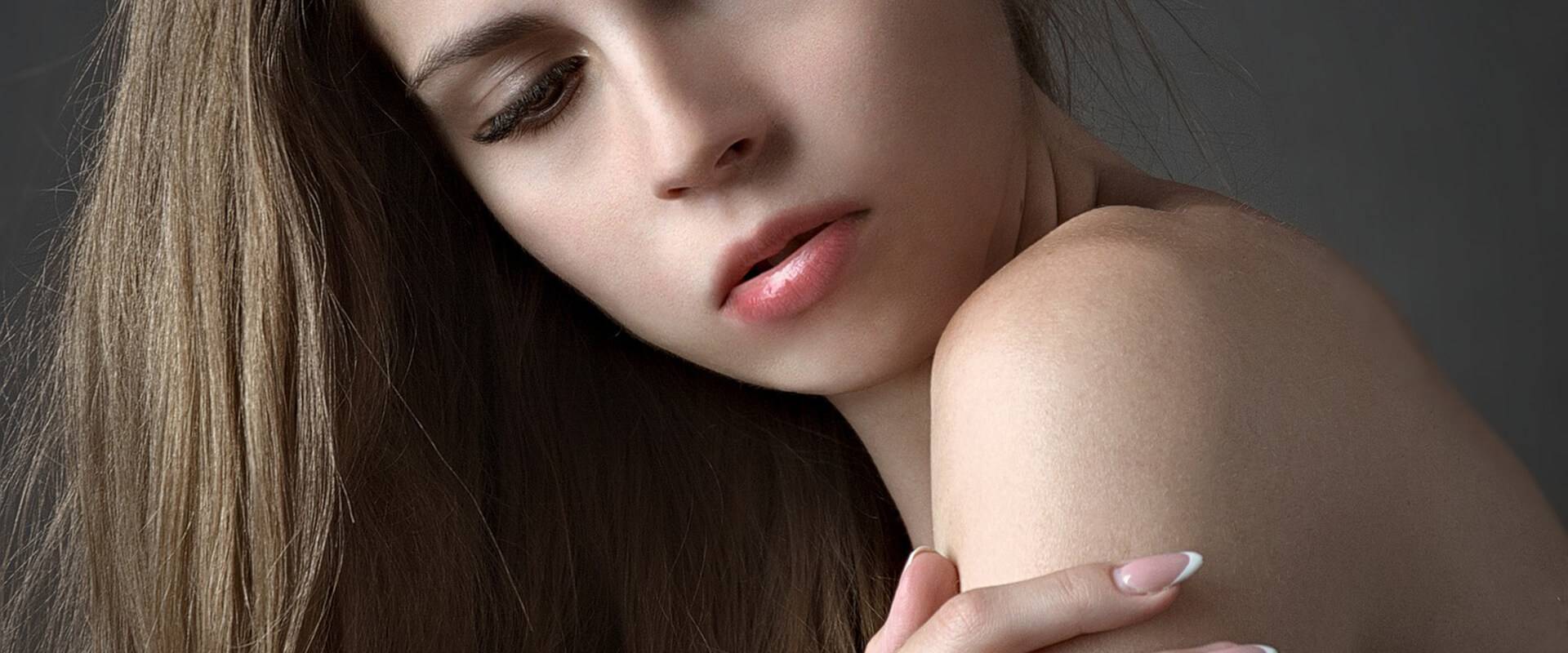Tip plasty is a great solution for those who have a bulbous or round-tipped nose that can be bothersome in achieving a perfect, symmetrical appearance. Everyone desires to have the perfect looking nose, but not everyone was born with it. Noses come in different shapes and sizes, from crooked noses, round, pointy, and flat. No matter what your nose shape is, most people still desire that pointy symmetrical nose.
However, unlike other body parts wherein you can exercise to get your desired body shape, the nose you were born in will stay the same no matter how much you massage it or do exercises. This is where tip plasty comes in, and to know more about the procedure, read on!

What is Tip Plasty?
Tip plasty is a surgical procedure that aims to make the appearance of the nose tip better. This surgery is only meant for the fixing of the nose tip and cannot treat other parts of the nose. A tip plasty is specifically for those individuals who have a bulbous nose or round-shaped nose that looks either fat or flat on the tip. What this procedure does is to create or adjust the elevation of the tip for it to look pointier and raised at the same time has a proper angle between the nose and lips.
What are the benefits of tip plasty?
Just like a rhinoplasty, tip plasty also has a lot of benefits that are quite similar. Some of the benefits that you can get from having a tip plasty are:
- Improves the appearance of your nose
- Improves breathing
- Fixes the effects that aging has done to the nose
- Fixes the deformities of the nose tip

Tip Plasty vs. Rhinoplasty
Tip plasty refers to the area of the nose where reshaping and fixing are needed. This type of procedure only involves the tip of the nose and does not affect other nasal areas. On the other hand, rhinoplasty is for the reshaping and improvement of the size and symmetry of the person’s nose, which involves everything in the nasal structure. In other words, tip plasty is one type of rhinoplasty.
How is Tip Plasty done?
The two types of tip plasty surgery procedures that can be used depending on the case of the are called cartilage surgery and alar reduction.
- Cartilage surgery
This type of tip plasty involves the reshaping, implanting, and replacing of the cartilage in the patient’s nose. When it comes to implants, artificial implants cannot achieve the proper result; instead, an autoplasty is performed wherein the surgeon takes a piece of healthy tissue from neighboring body parts to implant on the area where the tissue has broken.
- Alar reduction
Alar reduction, also known as nostril reduction is for when the appearance of the nose looks flat even though it has a high nose bridge. The surgeon uses this type when the side of the nose looks large. Unlike cartilage surgery, it does not involve the cartilage; instead, it only focuses on the skin and muscles of the patient’s nose.
A tip plasty surgery can take around 30 minutes to 1 hour. Commonly, local anesthesia combined with sedation is administered for the patient to be as relaxed as possible during the operation. Before the procedure, the patient has a scheduled consultation with the doctor. It is during that time that the doctor will analyze which type of procedure and method to use depending on the patient’s case.
A) Cartilage Surgery
Cartilage tie
- Cartilage tie plasty is the method that involves the tying of the alar cartilage for the nose tip to protrude and look sharper.
- The surgeon will analyze the size and range of the cartilage. Depending on the nose condition, the surgeon will decide whether he will trim a small portion or remove the cartilage.
- This type is for people who already have a pointed tip nose but want to bring it out more.
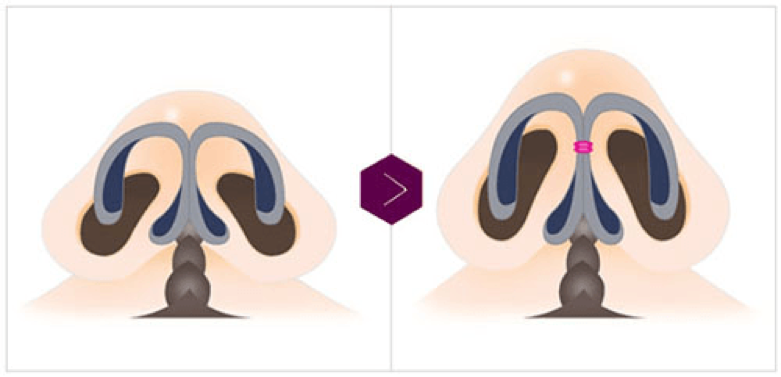
Cartilage implant
- Cartilage implant tip plasty is the operation that makes an implant on the nose tip.
- This implant may or may not include the tying process depending on the condition of the patient’s nose.
- If the nose is flat due to excess fats, the surgeon will remove the fat first then put in the implant
- This method is mostly for those who want a more dramatic shape.
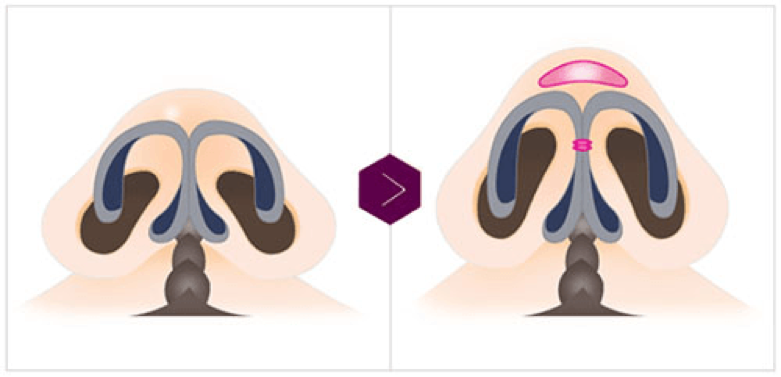
Cartilage reposition
- Cartilage reposition tip plasty involves the repositioning of the septum cartilage and putting it in the proper place.
- This method is the most complex under the cartilage surgery since it involves the cartilage, skin, and septum of the nose. Depending on the condition of the nose, an implant may also be included.
- This method is recommended for short or upturned nose or those with a nose bridge that is sunken either because of a failed rhinoplasty in the past or an injury.
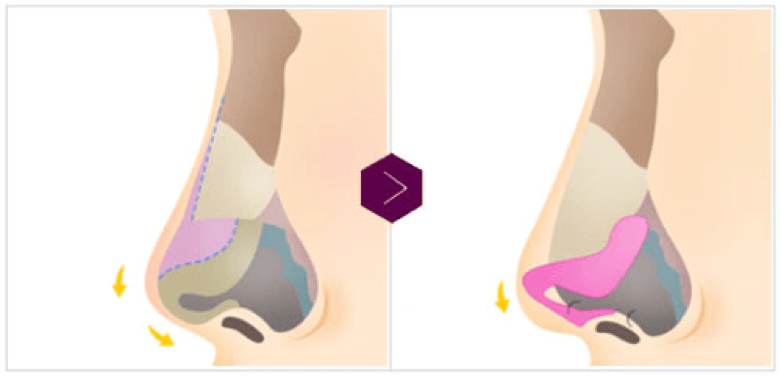
B) Alar reduction
Removal
- This method involves the removal of excess skin in the alar. The incision is also done in the lower area of the nostril since it is the part where the stitch will not be visible.
- This is recommended for those who have nostrils that are too wide because of the excess skin on the alar. It can also work for those who have thick alar skin
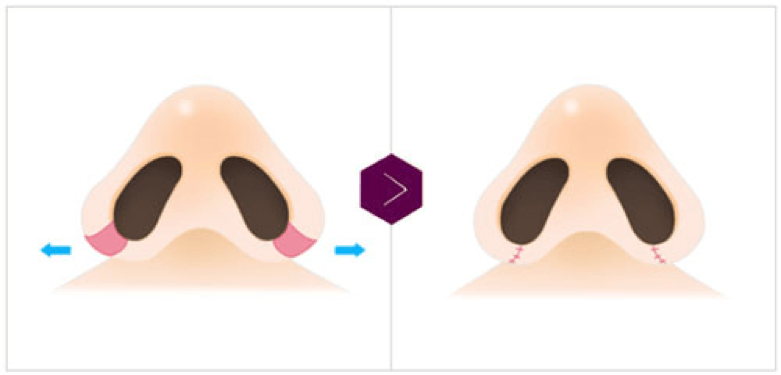
Tie
- This method requires an incision inside the nostrils. The method will reduce the size of the nostrils by tying the skin between the nostrils.
- This method is recommended to those who want a more natural yet good result since the stitches are inside the nose.
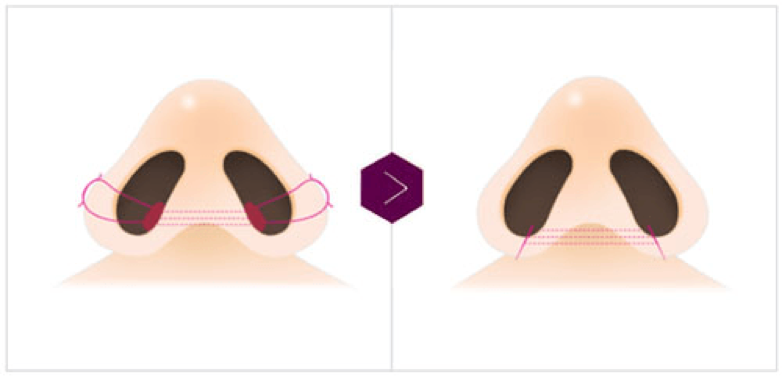
Recovery from Tip Plasty Procedure
Right after a tip plasty, it is possible to experience mild discomfort, but this is nothing to worry about since your doctor will prescribe you pain medication. You should also expect that you will have to wear a nose splint for a week to protect the bones and cartilage in the operated area.
Moreover, it is a must that you avoid strenuous exercise and activities for two to three weeks. You should also always be mindful that you are not allowed to wear glasses for about four to five weeks, and never blow or pick your nose while the treated area is still healing.
Tip Plasty Before and After
After the procedure and recovery period, it is visible through the pictures below that there is a significant change in the nose of the patients after they underwent tip plasty surgery. As compared to the before pictures, their noses are more refined, pointed, and symmetrical in shape, which also enhances their facial appearance.
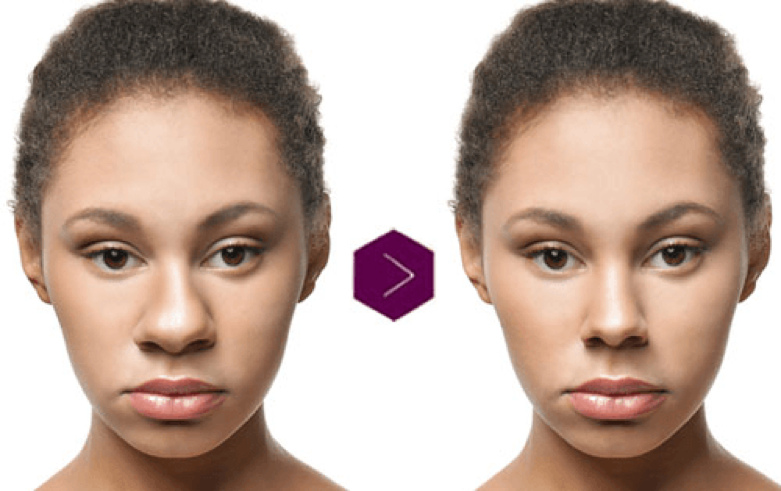

Tip plasty is one type of rhinoplasty, which focuses on improving the shape and size of the nose tip and is specifically for those people with a round nose tip that appears wide and broad. One way to fix this is through the types of procedures under bulbous nose rhinoplasty. When the problem is with the cartilage of the nose, there are three methods used for the surgery. On the other hand, if the issue on the nose is just the excess skin on the alar, then an alar reduction is performed.
Given the name of the surgical procedure, it is only recommended specifically for those who have bulbous or round nose, large nostrils, and dull noses to name some. Just like any plastic surgery, it is a must that this procedure is lead by an experienced surgeon to achieve the desired results just like the ones in the before and after picture. Also, with the bulbous nose rhinoplasty, it is guaranteed that the results can fix a broad nose and wide nostrils.
What is commendable about this procedure is that it is permanent and will look like you were born with the nose you had after surgery. If you have always wanted to have a better-looking nose tip, then tip plasty is for you. To be able better understand how this procedure can improve your nose tip, book a consultation now at your preferred clinic’s website.
Is tip plasty safe?
Undergoing a tip plasty surgery is completely safe as long as you have it done by a board-certified plastic surgeon who is well experienced or is specializing in tip plasty or rhinoplasty. Also, for added safety, make sure that you discuss with your doctor the risks when getting this procedure.
What after surgery care precautions must I do after tip plasty?
There are several after surgery care that you must do to avoid complications and make sure that your healing process goes well. Some things you must do are: • Make sure to go back to the clinic during your scheduled post-surgery checkups. • Avoid strenuous activities for 2-3 weeks. • Do not pick or blow your nose. • Elevate your head when sleeping. • Protect your nose from sun exposure for three months by using SPF and a hat.
